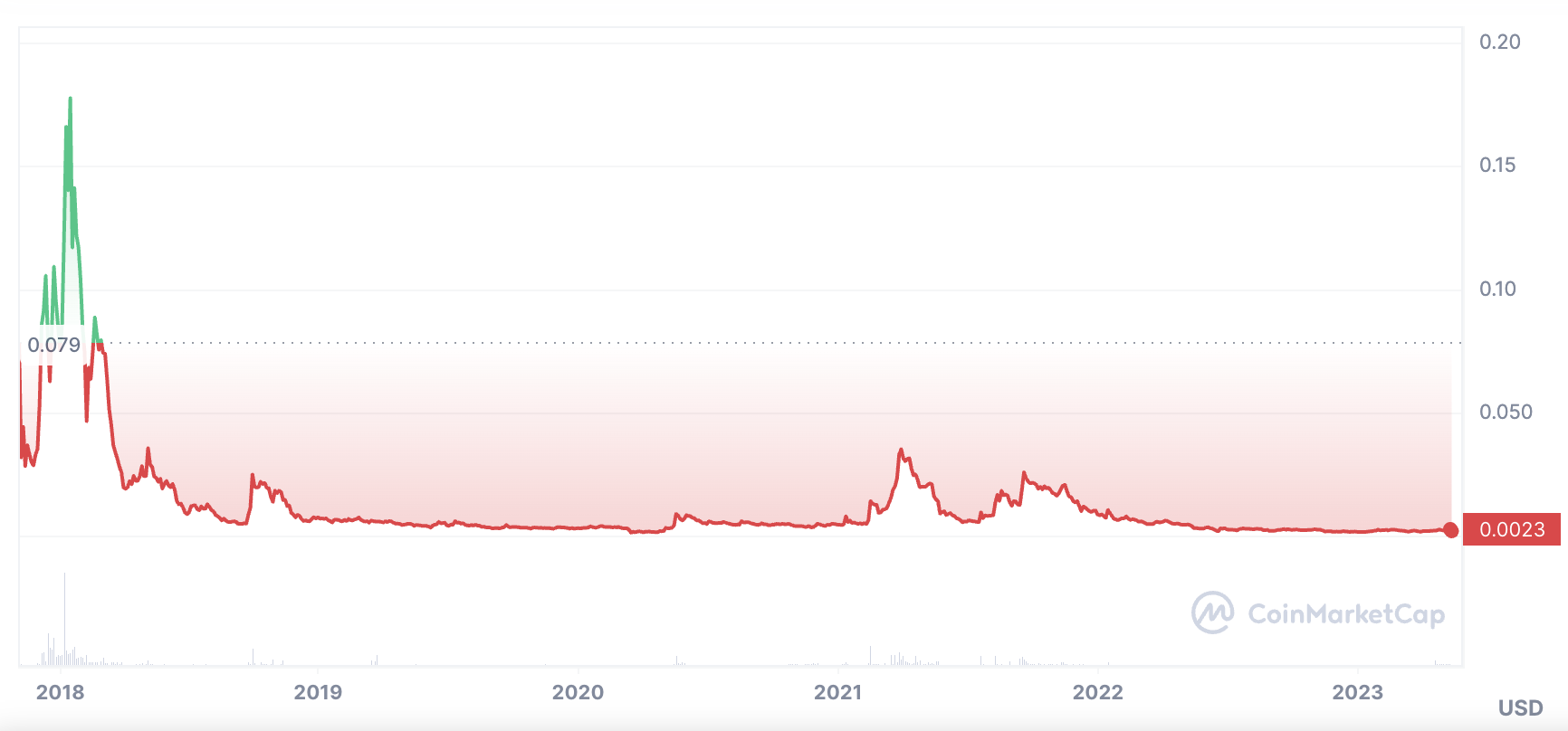Cryptocurrency mining has been around since the creation of Bitcoin in 2009. Initially, it was possible to mine cryptocurrency with just a computer.
However, as the number of miners increased and the competition grew tougher, it became necessary to have more processing power and sophisticated equipment for mining. But with the emergence of mobile mining apps, cryptocurrency mining has become more accessible to everyone, even those with just a smartphone.
1. Understanding cryptocurrency mining
Crypto mining has become a popular topic in recent years, especially with the rise of Bitcoin and other digital currencies. In this article, we will explore whether it is possible to mine crypto on your phone.
1.1 What is cryptocurrency mining?
Cryptocurrency mining is the process of verifying transactions and adding them to the blockchain. The blockchain is a decentralized, digital ledger that records all transactions made using a particular cryptocurrency. Miners are responsible for ensuring the accuracy and security of the blockchain by verifying transactions and adding them to the ledger.
Related article: What is the difference between cryptocurrency mining and staking?
Miners are rewarded with new coins for each block of verified transactions they add. This reward serves as an incentive to keep miners engaged in the process and to ensure the security and stability of the blockchain.
The process of mining involves solving complex mathematical puzzles using a lot of computing power. The puzzles are designed to be difficult to solve, requiring miners to use specialized hardware and software to complete them.
1.2 How does mining work on computers?
In traditional mining, miners use powerful computers with multiple high-end graphics cards or processing units called ASICs to mine cryptocurrencies. These computers are designed specifically for mining and are optimized for solving the complex mathematical puzzles required to verify transactions.
Miners also need to run the mining software continuously and keep the equipment cool to prevent overheating. Overheating can cause damage to the equipment and reduce its lifespan, so miners need to be vigilant in monitoring the temperature of their machines.
As the popularity of cryptocurrency mining has grown, so too has the demand for specialized mining hardware and software. Today, there are many different types of mining rigs available, each with its own unique features and capabilities.
Read more: The kingdom Of Bhutan has been mining Bitcoin since it cost $5,000
Despite the challenges of mining, many people are drawn to the potential rewards of this process. Cryptocurrency mining can be a lucrative way to earn passive income and participate in the growth of the blockchain ecosystem.
2. Mobile cryptocurrency mining apps
Mobile crypto mining apps have gained popularity in recent years as more and more people are investing in cryptocurrencies. These apps allow users to mine cryptocurrency using their smartphones, making it easier for people to get started with mining.
2.1 Popular mobile mining apps
There are several mobile mining apps available in the market, such as Pi Network, Electroneum, and Phoneum. These apps offer different features to users, but the basic premise is the same – users can mine cryptocurrency using their smartphones.
Pi Network, for example, uses a new type of consensus algorithm called the “Proof of Work/Proof of Stake hybrid consensus algorithm” that allows users to mine cryptocurrency without using a lot of energy. Electroneum, on the other hand, offers a mobile mining experience that is easy to use and does not require any technical knowledge.
2.2 Legitimacy and security concerns
However, the legitimacy and security of these apps are still a matter of concern. The legitimacy of some mobile mining apps is questionable, and there have been instances of fraudulent schemes and Ponzi schemes disguised as mining apps. It is important for users to do their research and only use apps that are reputable and trustworthy.

Electroneum (ETN) chart, source: coinmarketcap.com
Users reported earning pennies from mobile crypto mining and mainly earned profits through referral links. Electroneum is at least one of the crypto companies to actually go live. Most of them didn’t even go live with their coins.
Security is also a concern when it comes to mobile mining apps. Mobile phones are not equipped with specialized processors and cooling systems to handle the intense workload of mining. This can lead to overheating and damage to the device. Furthermore, there is always a risk of malware and other security threats when downloading and using mobile apps.
Despite these concerns, mobile cryptocurrency mining apps can be a convenient way for people to try mining. It is important for users to be aware of the risks and to take steps to protect themselves, such as using reputable apps and monitoring their device’s performance.
3. Comparing mobile and desktop mining
Mining cryptocurrencies has become a popular way for individuals to earn money. It involves using the computer or mobile phone to solve complex mathematical problems and earn coins as a reward.
However, there are significant differences between mining on a desktop computer and a mobile phone. Let’s explore the differences between the two and determine which one is more profitable.
3.1 Processing power and efficiency
Desktop mining rigs have more processing power and better graphics cards than mobile phones. That’s for sure. They are designed specifically for mining and can handle complex algorithms with greater efficiency. This means that desktop mining is definitely more profitable than mobile mining.
With a desktop computer, one can mine for longer periods without experiencing any lag or slow performance. On the other hand, mobile phones have limited processing power and are not designed for mining. Some could even call mobile mining a mirage.
Also read: Survey finds half of Millennials in developed countries own crypto
While there are mobile mining apps available, they are not as efficient as desktop mining rigs. Mobile phones also have a tendency to heat up quickly, which can lead to reduced performance and even damage to the device.
3.2 Energy consumption
Mobile mining apps consume a lot of energy and can quickly drain the battery of your phone. This means that the users will need to keep the phone plugged in continuously, leading to higher electricity bills. However, that doesn’t apply to cloud mining. In addition, the constant use of the phone can lead to reduced battery life and the need for frequent replacements.
This can be a significant expense, especially if the users are mining for long periods. That is why some mobile crypto mining apps promoted themselves as “cloud mining apps.” Desktop mining rigs, on the other hand, are designed to be energy-efficient.
They use less power than mobile phones and can run for longer periods without consuming a lot of energy. This means that the miners can mine for longer periods without worrying about high electricity bills or the need for frequent replacements.
3.3 Security and privacy concerns
A notable concern regarding mobile mining is the potential for security and privacy risks. Many crypto mining apps require users to share personal information or permissions to access device features. This can expose users to security risks, especially if the app is malicious or has vulnerabilities.
Users should be cautious when downloading and using mobile mining apps, as they may be at risk of scams or other fraudulent activities. It is essential to research the app and its developers thoroughly before downloading and using it to mine cryptocurrencies.
4. Alternatives to mobile mining
4.1 Cloud mining services
Cloud mining is a service that allows users to rent hash rates from mining companies. This eliminates the need for expensive mining equipment and reduces the energy cost of mining. Cloud mining services have become increasingly popular due to their ease of use and accessibility.
Users can simply sign up for a cloud mining service and start mining without having to worry about hardware maintenance or electricity bills. One of the advantages of cloud mining is the ability to mine multiple cryptocurrencies at the same time.
This allows users to diversify their mining efforts and potentially increase their profits. Cloud mining services also offer different mining plans with varying hash rates and contract lengths, giving users the flexibility to choose a plan that suits their needs.
Also interesting topic: Taylor Swift declined $100 million from FTX – here is why
However, it is important to note that cloud mining services come with their own risks. Users have to trust the mining company to provide accurate hash rates and payouts. There have been cases of cloud mining scams where companies have taken users’ money and disappeared without providing any mining services.
4.2 Mining pools
Mining pools are groups of miners who combine their computing power to mine cryptocurrencies. This can increase the chances of earning a block reward and reduce the risk of individual miners mining without earning anything. Mining pools have become popular among small-scale miners who cannot afford expensive mining equipment.
Joining a mining pool is relatively easy. Users can simply sign up for a pool and start mining with their existing hardware. The pool distributes the rewards among its members based on their contribution to the mining effort. Mining pools also offer different payout methods, such as Pay Per Share (PPS) or Proportional, giving users the flexibility to choose a method that suits their needs.
However, mining pools also come with their own risks. Users have to trust the pool operator to distribute the rewards fairly. There have been cases of mining pool operators taking a larger share of the rewards or even stealing the rewards altogether.
4.3 Investing in cryptocurrencies directly
Apart from mining, users can invest in cryptocurrencies directly. This involves buying and holding coins in a wallet and selling them when the price goes up. Although it doesn’t involve any mining, it can still be a profitable investment opportunity. It is actually the preferred option by most people.
Investing in cryptocurrencies requires a good understanding of the market and the technology behind the coins. Users have to research the coins they want to invest in and keep up with the latest news and developments. Cryptocurrency prices are highly volatile and can fluctuate rapidly, so users have to be prepared for the risks involved.
There are different ways to invest in cryptocurrencies, such as buying coins from a cryptocurrency exchange or participating in Initial Coin Offerings (ICOs). Users have to be careful when choosing an exchange or an ICO, as there have been tons of cases of scams and hacks in the cryptocurrency industry.
Bottom line
While it is possible to mine cryptocurrency on mobile, it is not a lucrative option. Mobile mining apps are generally not legitimate, and the security and privacy risks outweigh the potential benefits. It is more profitable and efficient to mine on a desktop or invest in cryptocurrencies directly.











Comments
Post has no comment yet.